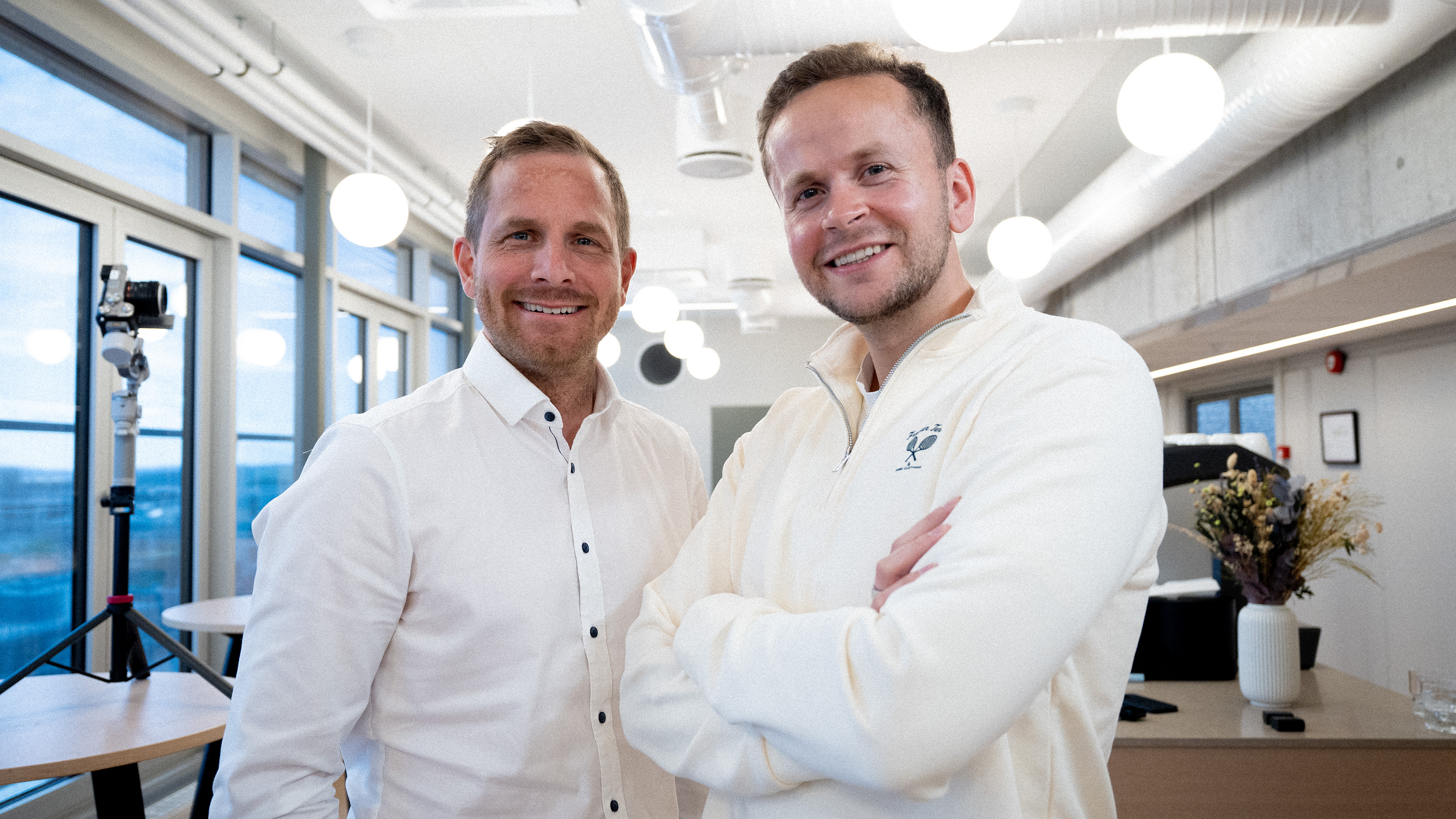Telescope provides a simple workflow for transition plans, enhancing asset value, sustainability, and reducing tenant costs.


With rising climate risks, the EU requires disclosures. Telescope helps you reduce risks and protect asset value.
Telescope helps you manage biodiversity, aligning your projects with ecosystem preservation.
Keep track of risk across entire portfolios with a birds-eye-view.
From Storm to Strategy: How Repeated Weather Events Are Reshaping Risk in Norway
As storms and landslides hit new regions, Norway’s climate risk is becoming structural, not seasonal. This article explores how repeated weather events are reshaping financial logic - and why control begins with visibility.
by
Vegard Blauenfeldt Næss
This autumn has told a familiar story - just louder.
A landslide in Trøndelag. Two named storms. A slope giving way in central Oslo.
Each one isolated on paper. Together, a pattern.
In late August, the E6 north of Trondheim collapsed under tons of clay and soil.
A few weeks later, storm Amy brought record rainfall to southern Norway, followed closely by Benjamin, the next in line.
Then, in late October, the ground gave way again - this time in the middle of the city, forcing hundreds to evacuate around Carl Berner.
Different regions. Different causes.
From storms to landslides, the pattern is clear: extreme weather and its knock-on effects are becoming more frequent - and more costly.
A season that doesn’t end
Meteorologists now warn that Norway’s weather patterns are shifting - not only in intensity, but in geography.
Regions once thought stable are experiencing new kinds of rainfall, erosion, and flood risk.
As one NRK report put it, researchers are beginning to ask whether we’re witnessing a change in how storms hit the country altogether.
Each event is both a local disruption and a national stress test.
Together, they reveal what we rarely measure - how climate risk quietly compounds across systems.
For property owners, insurers, and banks, this is not a question of curiosity - it’s a question of exposure.
You don’t need to look far to see it: flooded basements, delayed construction, and mounting repair costs already showing up on balance sheets.
Risk is no longer seasonal. It’s structural.
Where geography meets finance
As Kristian Ruth, Director of Sustainability at Finance Norway, told us recently:
“We can’t build the same house in the same place three times and call it resilience.”
That sentence captures the moment we’re in.
When the cost of recovery keeps rising, the question is no longer whether the risk is insured - it’s whether it’s sustainable.
Banks and insurers are already feeling it. Storms that used to appear once every few decades are now part of the annual planning cycle.
Quick-clay landslides, coastal flooding, and heavy rain events are forcing lenders to reassess not only their collateral, but the underlying assumptions about where value actually lies.
The control gap
The hard part isn’t awareness - it’s control.
Most real-estate portfolios still depend on static flood maps, coarse energy data, or insurance records drawn from the past.
But the climate doesn’t repeat history - it accelerates it.
At Telescope, we see how this plays out in daily decisions: loans approved without full visibility of physical risk, buildings valued without accounting for local exposure, portfolios modelled as if topography and time were constants.
They’re not. Two buildings on the same street can have very different exposure - one shielded by elevation, another sitting right in the drainage path.
The difference isn’t theoretical - it’s financial.
A new logic for resilience
For lenders and owners alike, the lesson from this autumn is clear:
resilience begins with understanding where you stand.
That means:
- Documenting address-level physical risk - floods, landslides, sea-level rise.
- Showing credible plans for adaptation and improvement.
- Treating ESG data as a risk lens, not a reporting task.
It’s not about predicting every storm. It’s about knowing how exposed you are when it comes.
Because uncertainty isn’t an excuse - it’s a variable to manage.
Seeing the risk before it becomes a loss
Across The Hubble conversations, a new realism is emerging.
From banks like SpareBank 1 Sør-Norge to system actors like Finance Norway, leaders are learning to integrate climate exposure into credit, valuation, and governance - not because regulation demands it, but because logic does.
The connection between climate and capital is no longer conceptual.
It’s visible every time a storm closes a road, or a slope collapses in the middle of Oslo.
The storms aren’t the story. The response is.
Because good banking, good ownership, and good climate-risk management are, at their core, the same discipline:








